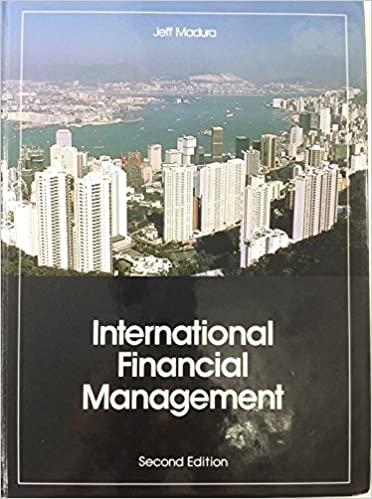Answered step by step
Verified Expert Solution
Question
1 Approved Answer
You are analyzing the potential acquisition of a small residential income - producing property. The asking price for the property is $ 8 , 5
You are analyzing the potential acquisition of a small residential incomeproducing property. The asking price for the property is $; gross potential rents are estimated to be $ during the first year and are expected to grow at a rate of per year thereafter. Vacancies and collection losses are expected to be of potential gross income. Operating expenses are estimated to be of effective gross income. You will finance the acquisition with a partially amortizing loan for of the purchase price. The annual interest rate will be and the payments will be based on a year term for amortization. An amortization table has been provided for your use. Your sales value at the end of year is based on year NOI and an assumed exit cap rate that is basis points higher than your purchase cap rate.
Using the Excel template, answer each of the questions below. Round all returns to two decimal places:
A What is the exit cap rate of the investment based on the spread youre your purchase cap rate?
B What is the loan amount that you will receive from the lender based on the proposed LTV Loan to Value
C What is the annual debt service payment sum of monthly payments based on the loan parameters above?
D What is your initial equity invested in year time of acquisition
E Project the Effective Gross Income for the property for each of the next years.
F Project the Net Operating Income for the property for each of the next years.
G Project the cash flow after debt service for each of the next five years.
H Calculate the gross sales proceeds residualterminal value for the property at the end
of year based on your exit cap rate assumption.
I Project the cash flow available to the equity investor for each of the next years.
J What will be the equity investors levered after debt service internal rate of return?
K What will be the equity investors levered cash flow multiple after debt service over
the investment hold period?
L Calculate the annual current return on equity cash on cash return for each of the years of the investment hold period.
Assume the investor is looking for projects that can deliver levered equity IRR's in excess of and equity cash flow multiples in excess of X Also assume that the investor generally seeks projects that can deliver annual "Cash on Cash" returns in the range.
Would the investor be interested in investing in this project? Why?
Changes in which of the investment assumptions may change your opinion in regards to accepting or rejecting this project? In other words, which assumptions should you test the models sensitivity to Why?

Step by Step Solution
There are 3 Steps involved in it
Step: 1

Get Instant Access to Expert-Tailored Solutions
See step-by-step solutions with expert insights and AI powered tools for academic success
Step: 2

Step: 3

Ace Your Homework with AI
Get the answers you need in no time with our AI-driven, step-by-step assistance
Get Started


